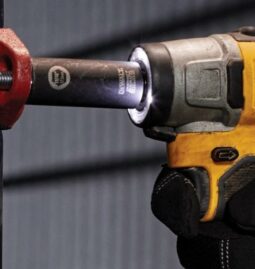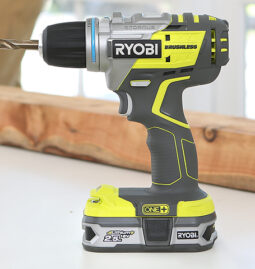Tinkering and doing things yourself is THE best way to save on decoration. Apart from lack of time, the main reason people give for not getting into DIY is that they are “not good”, that they are bad at DIY. I answer them: do you have the right tools? DIY is like any sport: you have to start with having the right equipment and then go in stages. There are a lot of projects accessible to beginners, but the key is to have a minimum of tools at home.
It is clear that equipping yourself with quality tools is very expensive and it is better to take your time to collect your DIY material. My advice: watch out for tool liquidations at your nearest home improvement center or buy them second-hand on classifieds sites. At the end of this post, I’ll also tell you about a tool library where you can borrow them.
I tried to put together for you the 20 essential tools to have to get started in DIY. (Note that I do not recommend any brand, the photos have been chosen for illustration purposes only). And note that I say “get started”, that is to say that I am not speaking to professionals at all.
Table of Contents
What are the best DIY tools to have?
To be able to tinker correctly, you must first think about safety by equipping yourself with glasses, gloves, mask and a stable stepladder. Then, there are some essentials to keep in a cupboard and which can always help you out: the essential drill / screwdriver kit, the scissors, the ruler, the spirit level, a box of different nails and screws, the circular saw, the sander with different sandpaper. Personally, I always have painting equipment (ribbons, brushes and scrapers) on hand.
The 3 essentials for safety
Before you start, don’t skimp on security. Protect your eyes, hands and lungs.
- A pair of protective glasses
- A mask
If you are doing work this sanding, staining or varnishing.
- A stable stepladder or small ladder
Nothing is more dangerous than perching on chairs or tables when you have to screw something up. You need a stable step, stepladder, or small ladder. If you have room to store a telescopic ladder in your home, all the better.
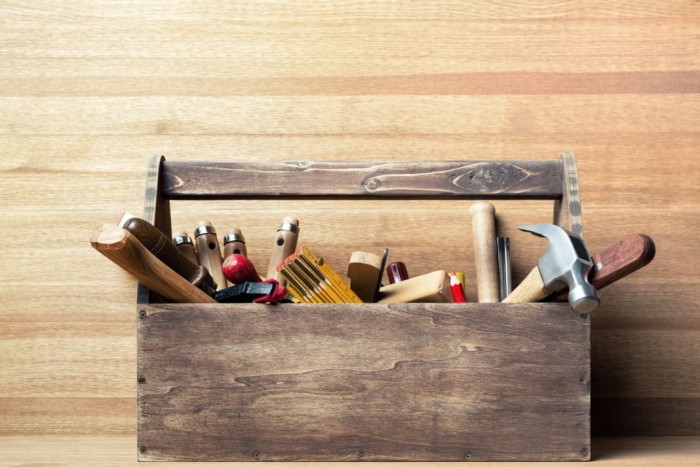
The 10 essentials to have in your tool closet
- A drill / screwdriver kit
This kind of kit including about sixty hand tools and accessories is really useful. In addition to the essential tape measure and hammer (we all need a hammer!), There is a utility knife with a retractable blade , several types of pliers and a set of screwdrivers with bits . The famous drill / screwdriver / unscrewer quickly becomes a “must” for small jobs such as putting up curtain rods, assembling furniture, mounting shelves.
Tips for buying the cordless drill / driver: pay attention to the battery voltage. The greater the tension, the more efficient the screwdriver will be. Below 20V, you may have some difficulties. Do not choose a cordless drill / driver that is too heavy that you will have difficulty handling. Since there are all kinds of prices out there, assess your needs / budget.
- Scissors
- A rule
As I have already mentioned the tape measure (the essential tool par excellence) that was in the drill screwdriver kit, buy a versatile ruler that also makes a square, it is always very useful to have a right angle under the hand.
- A spirit level
Quite important to fix a painting to the wall correctly!
- Scrapers and spatulas
Always useful for opening your paint pot, filling a hole in a wall.
- Different adhesive tapes
Duct Tape as it is called in Quebec is gray adhesive tape, super strong. We could almost survive on a desert island thanks to him! The Frog Tape is my favorite green paint tape (oops… I said I didn’t recommend brands, but this one I really like). It allows you to paint stripes without the paint getting underneath. Once you’ve tried it, it’s adopted!
- A small set of paint
Of course, you could buy it when you need to do light painting jobs. Personally, I always have a roller and a brush at home as well as the pot of white paint that I use on all the walls in my house. You never know when I feel like putting a little white paint on the walls. I swear, I do it often! If you rinse them well after each use, this material is completely reusable.
- A sander + sandpaper
I think our little square sander is one of the tools that has served us the most. I sanded table tops, stripped a tower of flat mirror, removed stubborn layers of varnish, and so on…. These small manual sanders are also available in a round format. To each his own preference. As far as sandpaper is concerned, remember that the lower the number (50-60) the coarser the grain and therefore the stripper. The higher the number (180 and more), the more the paper will be used for fine sanding.
If you don’t expect to use a sander very often, then go for a small sanding block.
- A circular saw
The handling of the circular saw still requires some DIY skills. Let’s say you don’t start by sawing solid wood plywood panels if you’ve never driven a nail in. But very quickly, it becomes indispensable for small DIY projects at home.
- A set of nails and screws
Build up as you buy the nails and screws you need, a nail box will prevent you from having to run to the hardware store for the smallest nail to drive.
The 7 little extras for DIY projects
If you are a Do It Yourself enthusiast, you may have these following tools at home like me. I also have a tile cutter because I am a mosaic fan, but I didn’t add them in the bundle. Here are the 7 that I think are the most useful for those who really love DIY.
- Various glues (Liquitex, Mod Podge, Wood glue)
Mod Podge type glue is really useful for all kinds of small crafts: gluing paper on shelves, gluing fabric on a lampshade. It is completely transparent and hardens when dried. Wood glue is also a must.
- Hot glue gun and glue sticks
I used it, for example, to glue corks together, to glue small ornaments. Aside from the fact that it leaves Spiderman filaments all over the place, it’s a pretty cool tool to own for “little crafts”, especially if you have kids.
- A sewing kit
Even if you are not a handyman, you need a small sewing kit. If I have to explain why, it is because the condition of your wardrobe must leave something to be desired;)
- Spray paint
Whether it is paint or lacquer, aerosols allow you to have an impeccable finish without traces of brushstrokes. I like metallic finishes: gold or copper are very trendy to give an object or piece of furniture a makeover.
- Chalk paint and soft wax
Chalk paint, “Chalk paint” in English, is very popular with anyone who repaints furniture. Its chalky finish is very adherent and does not require any undercoat. It is always good to have a little pot of Chalkpaint at home to repaint something immediately. The paint adheres to all surfaces.
- Stapler
For apprentice upholsterers like me, the stapler is always useful to cover a seat with fabric, to make a padded table of the jumble type.
I had fun figuring out roughly the price of this 20 piece DIY set and was not surprised to find that the bill is pretty steep, around $ 750/800. Obviously, it’s rare to have to buy all of this all at once. Depending on your DIY skills, you may want to get more tools. C lick here to discover more portable tools .
The alternative: rent or borrow
Finally, if you really don’t feel like buying or storing all of this at home, know that you can rent your tools at rental centers. There is also a tool library in Montreal, La Remise . It’s a great concept that exists in several cities in North America. For a membership fee and annual user fees, you can come and borrow tools or DIY on site.
Certainly there is no point in purchasing specialized tools that you will only use once. Always take the time to learn how to use them and don’t jump into the work if you are not sure you have mastered them.
So what do you think of my tool list? Do you agree with me or did I forget an essential tool in your opinion? What tool do you use the most?


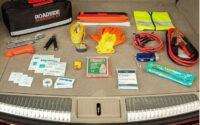

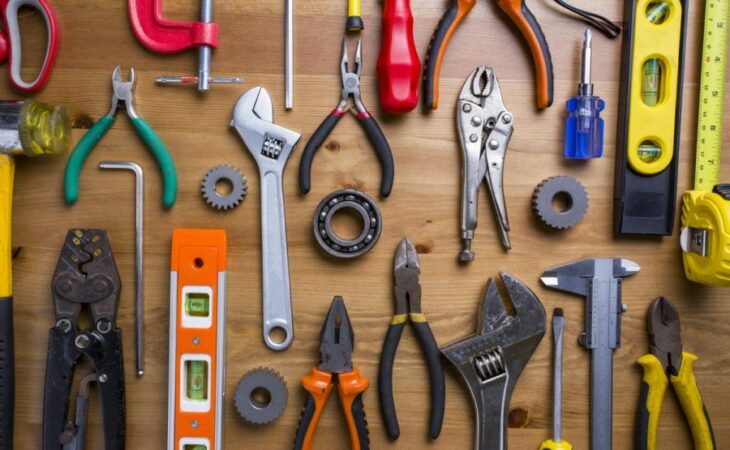
![TORRAS [Military Grade] Cell Phone Holder for Car, Universal Car Phone Mount Dashboard Windshield Vent Compatible with iPhone 11 Pro Max XS X XR 8 Plus SE, Samsung Galaxy S20+Ultra Note10 Plus & All](https://m.media-amazon.com/images/I/71Di3qx1A5L._AC_UY218_.jpg)



